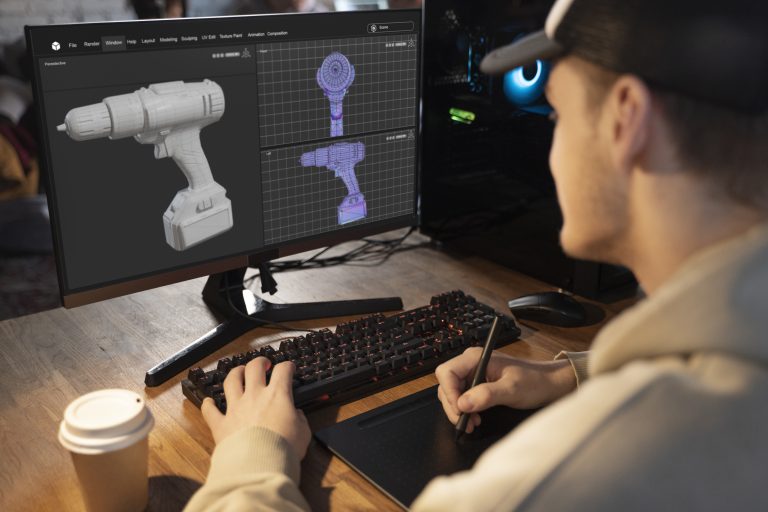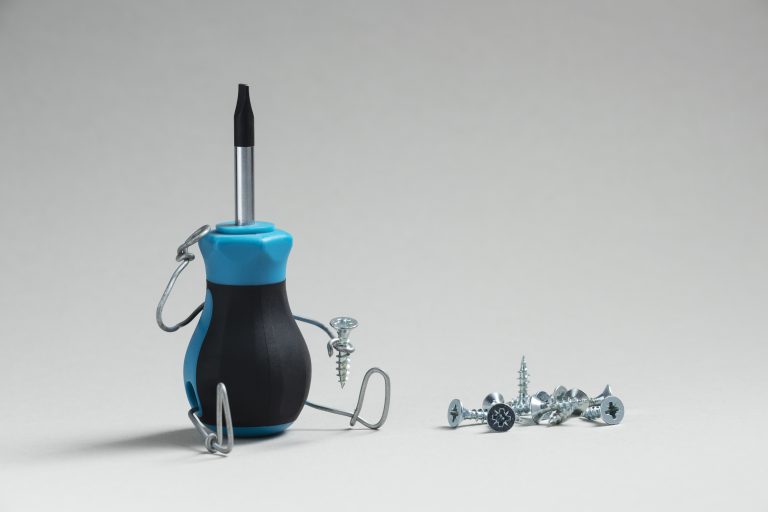The rise and rise of electric vehicles (EVs) has had a huge knock-on effect for the plastic injection moulding industry. As lighter weights becomes increasingly important to ensure electric vehicles can perform at their best, so plastic is taking over from heavier alternatives in automotive production, like metal and glass.
Why are EVs becoming so popular?
There is a long list of reasons why private motorists and commercial drivers are turning towards electricity to power their leisure and company vehicles. Amid a growing support for decarbonisation on our roads, electricity is lauded for being cleaner than fossil fuel alternatives, as well as more sustainable over the longer term. Rising fuel costs is another factor, as is government policy causing manufacturers to adopt EV technology sooner, rather than later.
On the flip side, however, motorists still have concerns over the range of EVs, and what happens if they simply run out of juice halfway through a journey. This worry is being addressed largely through making as many automotive components lighter in weight as possible to ease pressure on the battery life. This has the added bonus of offering greater energy efficiency at the same time.
Plastics are also seen as versatile, robust and durable, without the risk of rusting, shattering on impact or needing to be frequently replaced. As technological advancements come more and more to the forefront of EV design and manufacture, so automotive companies are willing to seek out the right innovative materials and processes to match.
Why plastic is the best choice for EVs
Alongside its lighter weight, flexibility is key when it comes to identifying what makes plastic the most suitable option for multiple EV components. It can be moulded very precisely to fit design specs and match other parts of the vehicle in size, texture and colour. Plastic can take over from metals and other traditional materials for larger parts, as well as very small ones. Bonnets, fenders, body panels and interiors are now commonly made of plastic injection moulded components. Not only does this add flexibility, it also sheds weight. All without compromising on the safety of the vehicle’s occupants, thanks to advancements in plastic moulding and ergonomic design.
As well as larger components, plastic is also helping EV designers lead the way in smaller extras that make driving a safer, more enjoyable experience. Plastic injection moulding is used in the manufacture of much smaller components, such as casings for electronics and robotics, in-vehicle entertainment systems, breakers, switches, battery housings and interior trims. Using plastic can also make the manufacturing processes more straightforward, as it is easier and more affordable to get hold of than many other, specialist materials, plus it can be turned into almost any shape, size and design. As long as automotive companies are willing to push the boundaries of automotive design, plastic will remain the material of choice for both large and small EV components. Its ongoing advancements will secure plastic a firm place in EV production, well into the future.
A sustainable EV future
Using plastic components for EVs can also help ensure an environmentally sustainable future. Besides its advantages in reducing energy usage and carbon emissions, plastics can often be recycled and reused more easily than other traditional automotive materials. This reduces landfill reliance and gives old components a new lease of life. It also helps encourage other sustainable advancements across the automotive industry. As more and more governments commit to Net Zero targets and businesses place environmentally responsible operations higher up their agendas, so plastic will need to become a more significant part of EV production.
Being able to speed up manufacturing processes too, for example by doing away with the need to weld two separate pieces of metal together, manufacturers can also move towards more sustainable, less energy-intense and quicker ways of working. Plastic injection moulding can produce components at very high volumes, helping to keep costs down and prevent costs from fluctuating across the automotive industry, causing future investor alarm. Even now, during the transition towards fully EVs, plastic components are helping to create top performing hybrid cars that take advantage of lighter weights to keep pace with the speed and delivery of fossil fuel-driven alternatives.





